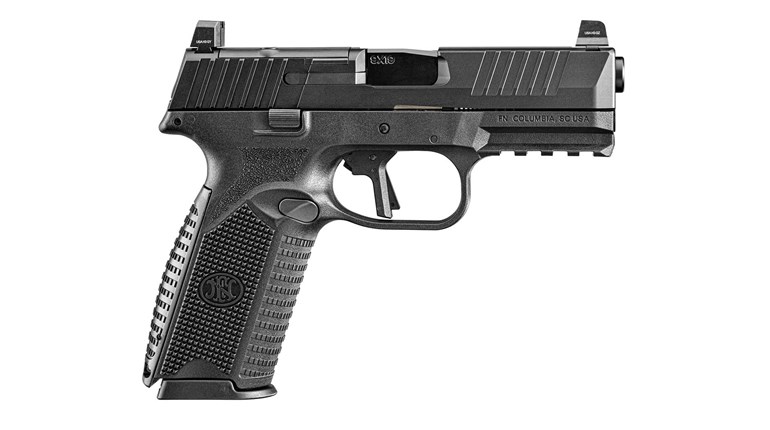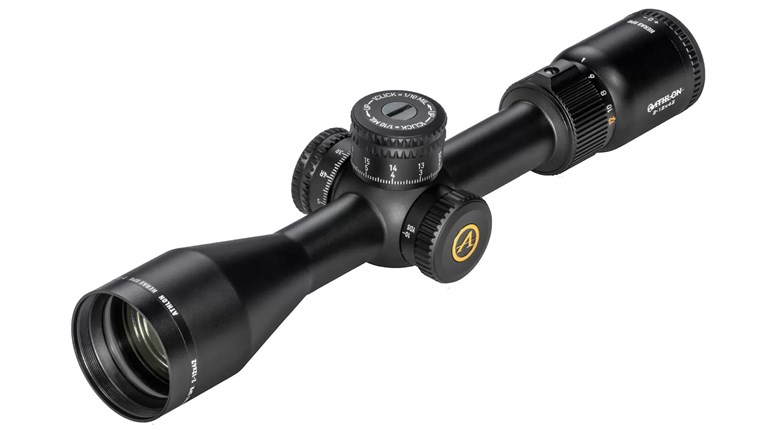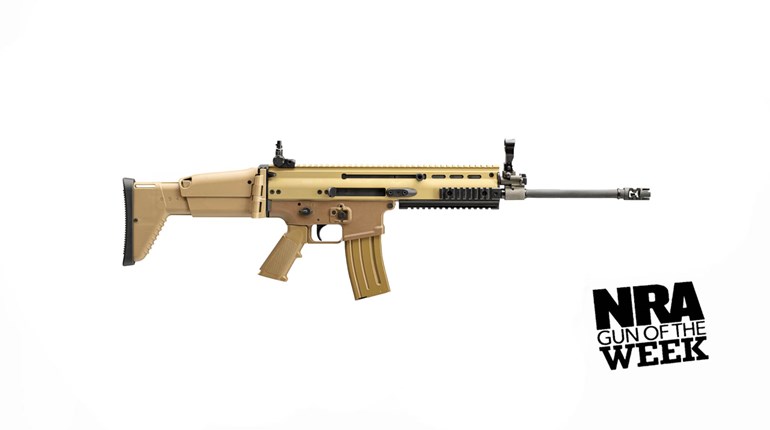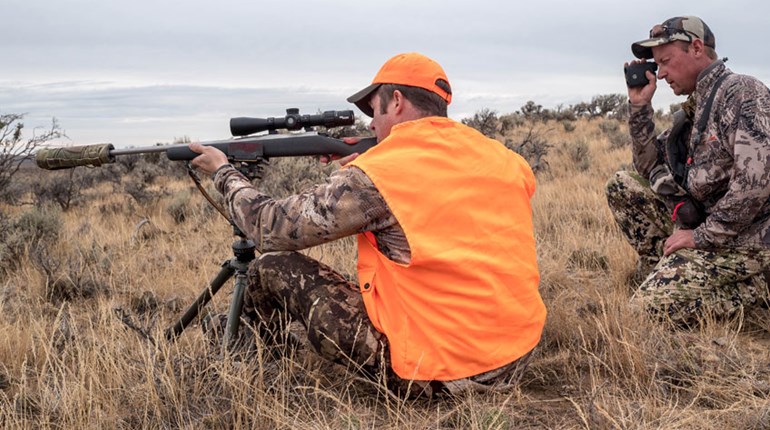
When FNH USA set out to build its Special Police Rifle (SPR), it could have easily employed a push-feed action—they are less expensive to build and are usually very accurate. Instead, the company chose to build a rifle based on the controlled-round-feed Model 70 action it was already producing. Unlike the simple round actions, the Model 70 is a more complicated design with a flat bottom, an integral recoil lug and various radii. The geometry of this action is such that bedding the rifle into the stock can be a real challenge. Nonetheless, reliability was chosen over ease of assembly.

The mere existence of a claw extractor is no guarantee of reliability. The extractor must have the appropriate size and shape to grasp the cartridge rim, or it is just a decoration. The tested SPR’s extractor tension allowed a cartridge to be held on the bolt face with the bolt removed from the action—at any angle—which is a good indicator of proper fit. The extractor also snapped successfully over rounds hand fed into the chamber, another positive sign.
Since the Model 70 was designed for the hunting fields, FNH USA added some enhancements to make the SPR more suitable for its intended role. The traditional round-to-oval knurled bolt knob was replaced with a larger “tactical” unit, giving the shooter a bit more leverage when cycling the action. Instead of the standard internal-box magazine with a hinged floorplate, the SPR uses a five-round, detachable-box magazine. The SPR is also equipped with a 20-MOA-canted Picatinny rail for mounting optics. This rail is mounted securely to the action with four oversize 8-40 mounting screws. The three-position safety allows the user to lock the bolt, cycle the action with the safety engaged or place the rifle into “fire” mode. The magazine release is easily accessed from either side of the rifle.

Most factory synthetic stocks are injection-molded models that, while being more inert than walnut, usually offer less rigidity. The A5 in this SPR’s model designation is a reference to the rifle’s stock—the excellent McMillan A5. McMillan produces high-quality fiberglass stocks that are extremely rigid and durable, and the company has been the sole provider of stocks for the Marine Corps’ M40 sniper rifles for decades. The A5 has a fully adjustable cheekpiece to accommodate the wide variety of optics available, and an adjustable length-of-pull via a series of spacers. The pistol grip is nearly vertical, which makes it comfortable to shoot from prone and sandbag rests. A wide fore-end is designed to rest on a support, and a fixed stud is included for mounting a bipod. Three different female QD attachments are available at each end of the stock to allow the user to mount a sling in various configurations.

Rather than a full glass-bedding treatment to fill all of the voids between the stock and the action, the SPR is secured with a small amount of bedding compound at the recoil lug and tang. The barrel is free-floated forward of the receiver. A proper glass-bedding of the action would be the only upgrade I would make to this rifle.
The heart of any precision rifle is the barrel, and this is another area where FNH USA stepped away from the herd. The SPR uses a cold-hammer-forged barrel with chrome lining. This forging process is expensive and produces some extremely durable barrels. Combined with its chrome lining—which also increases barrel life in addition to protecting against corrosion—the SPR’s barrel will likely endure many thousands of rounds of .308 Win. before throat erosion becomes a concern. This is a real advantage to any shooter or agency mindful of maintenance costs. The medium-heavy barrel is milled with five deep flutes to reduce weight and provide additional surface area for dissipating heat. Its muzzle is threaded in a 5⁄8x24 pattern to allow for mounting a sound suppressor or muzzle brake. A knurled thread protector covers the threads and should be kept in place when using the rifle, as firing without one changes the barrel harmonics and degraded accuracy in testing. The test rifle was fitted with a 24-inch barrel that would become pretty unwieldy with a can attached. Those wishing to use a suppressor would be better served with the 20-inch-barreled model.

Shooting the SPR was a pleasure. A nearly 12-pound .308 Win. rifle has extremely mild recoil, and the high-quality stock made finding a natural point-of-aim easy. The Model 70-type trigger, which is brilliant in its simplicity, broke cleanly at 3.5 pounds and made the rifle very shootable. Accuracy testing was performed on a breezy day, so five-shot groups were a challenge, though plenty of three-round groups went into the same hole. Thanks most likely to the chrome-lined barrel, fouling was not a problem—the rifle maintained a consistent point of impact regardless of the cleanliness of the bore. The controlled-round-feed action worked as expected, with 100-percent reliability.

When law enforcement agencies need to bring firearms like the SPR into play, things have gone badly. When those rifles are actually used, things have gone from bad to much worse. The last thing the shooter needs in such a stressful situation is to worry about whether the bolt loaded a round from the magazine or if the case will extract smoothly and quickly to allow for a quick a follow-up shot. In such a scenario, the mechanical advantage of a properly built, controlled-round feed action such as the FNH USA SPR can make the difference between life and death.





































